
Jazper Jack – Keeper of Vanishing Cultures
In the remote landscapes of Northeast India, where forests hold centuries-old secrets and tribes carry forward fragile legacies, Jazper Jack has spent over a decade listening, watching, and documenting. His camera preserves what is at risk of being lost: the rituals, traditions, and dignity of indigenous communities whose way of life is slowly fading.
“The people of Northeast India are my inspiration,” Jazper says. “Their culture, their incredible jewelry, their customs that have been passed on for centuries.”
My message is simple: protect the culture of the indigenous people. Many rituals and practices are almost gone with time. If we protect them, nature will also be protected – because tribes are the true keepers of nature.
“The people of Northeast India are my inspiration,” Jazper says. “Their culture, their incredible jewelry, their customs that have been passed on for centuries.”
My message is simple: protect the culture of the indigenous people. Many rituals and practices are almost gone with time. If we protect them, nature will also be protected – because tribes are the true keepers of nature.
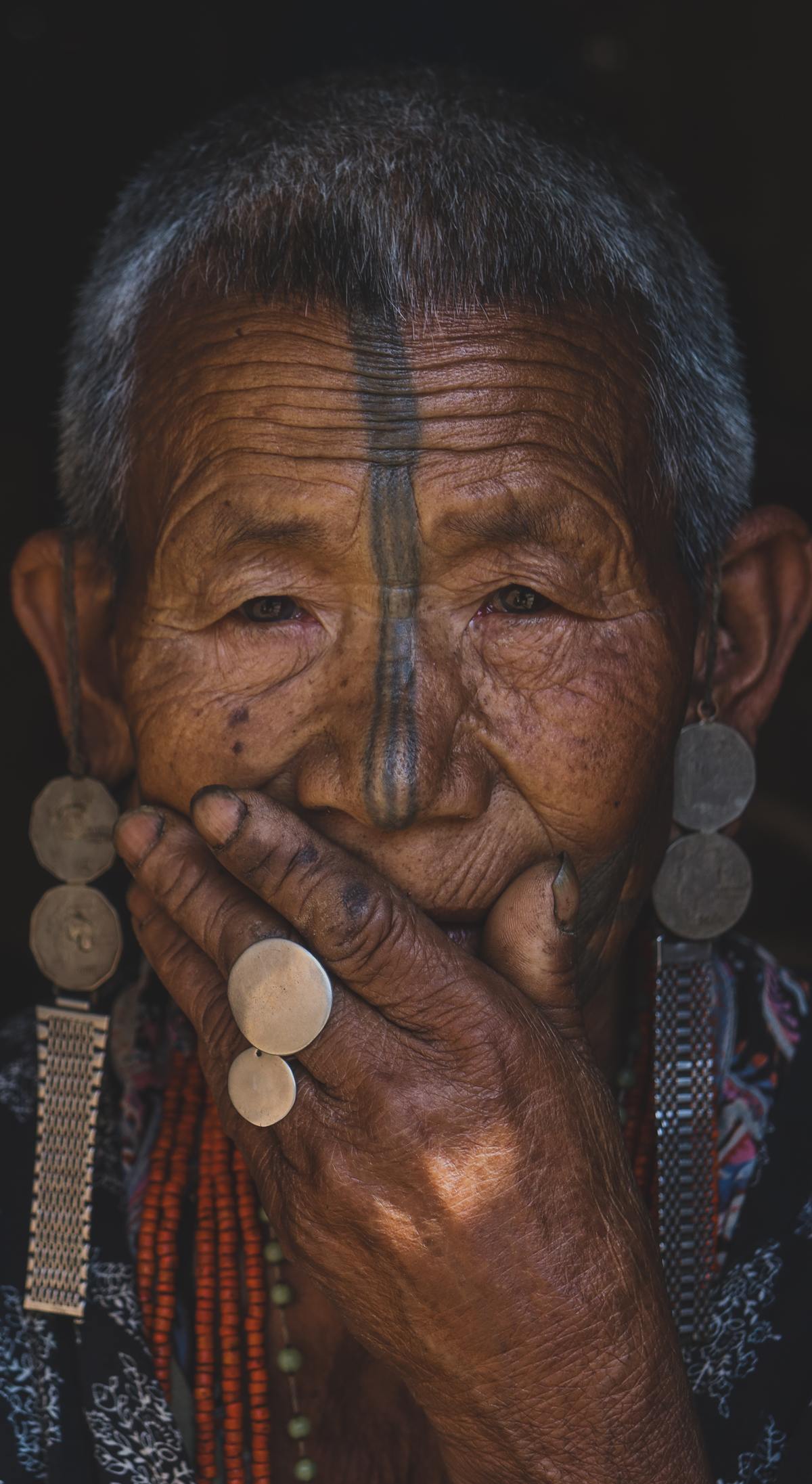
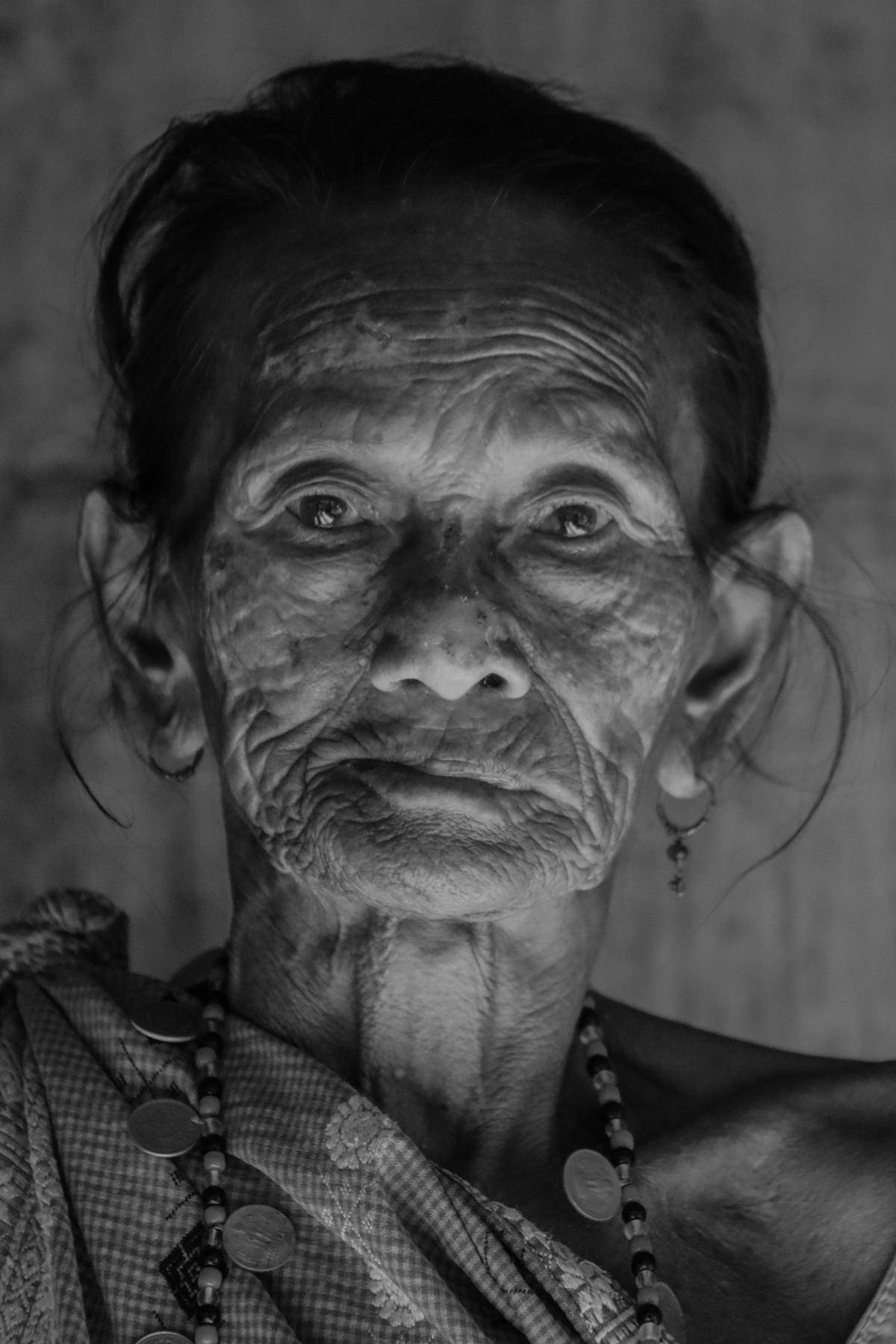
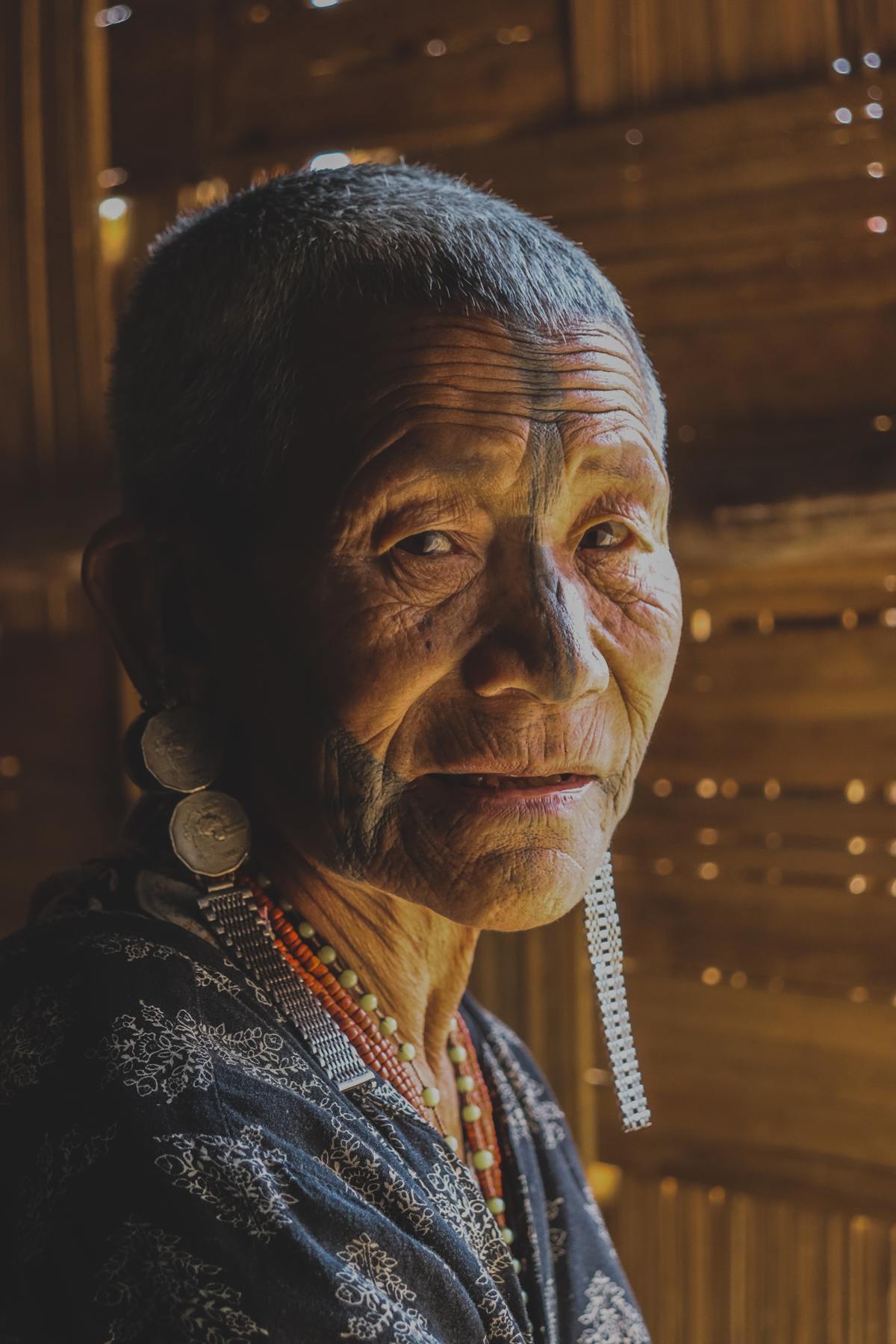
“A Revolutionary Act of Storytelling”
For Jazper, photography is not passive documentation – it is a form of resistance. Every frame is designed to draw attention, to create impact, to stay in the heart and mind of the viewer long after the shutter has clicked.
“Storytelling brings attention from the viewers to the subject,” he reflects. “Every photo I take is handcrafted so that it creates an impact. Photography is a powerful weapon – it can create a revolution.”
In his hands, the camera is a journal, a way of archiving truths that the future may otherwise forget.
“Storytelling brings attention from the viewers to the subject,” he reflects. “Every photo I take is handcrafted so that it creates an impact. Photography is a powerful weapon – it can create a revolution.”
In his hands, the camera is a journal, a way of archiving truths that the future may otherwise forget.


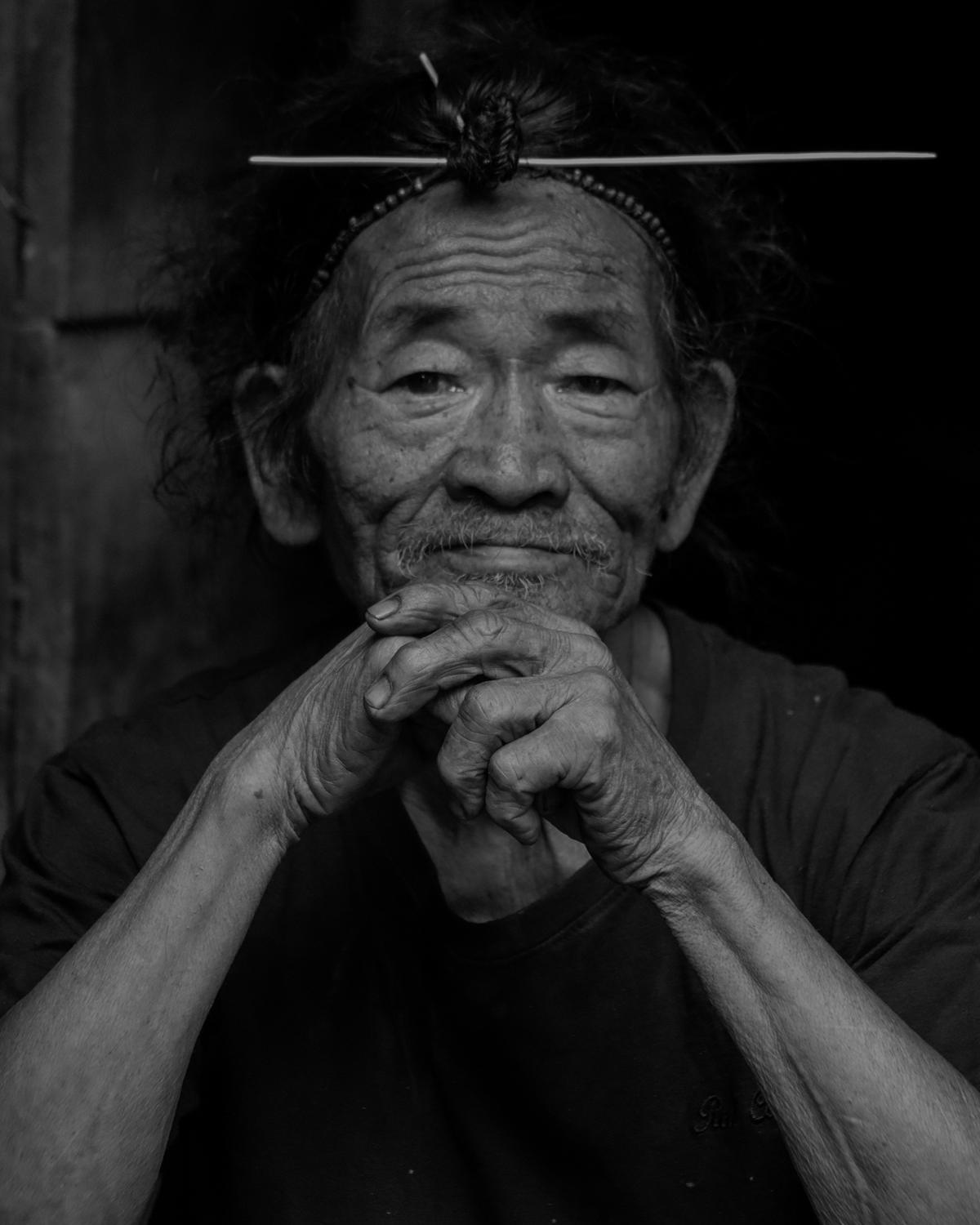
“A Journal for the Next Generation”
The urgency in Jazper’s work is clear. Globalization, migration, and rapid development threaten to erase traditions that have survived for centuries.
“As we all know, the world is changing very fast, and this change is wiping out rituals, cultures, and indigenous communities,”.
“In the future, a picture will tell a lot more than we can think. Documentation today can be a journal for the next generation.”
In Arunachal Pradesh alone, there are 26 major tribes and 106 subtribes – many of which risk fading away due to inter-cultural marriages, migration, and modernization. For Jazper, photography is a responsibility: to create a record that allows tomorrow’s children to know where they come from.
“As we all know, the world is changing very fast, and this change is wiping out rituals, cultures, and indigenous communities,”.
“In the future, a picture will tell a lot more than we can think. Documentation today can be a journal for the next generation.”
In Arunachal Pradesh alone, there are 26 major tribes and 106 subtribes – many of which risk fading away due to inter-cultural marriages, migration, and modernization. For Jazper, photography is a responsibility: to create a record that allows tomorrow’s children to know where they come from.



“A Journey Rooted in Assam”
Jazper’s path began in Tangla, a small town in Assam’s Bodoland territorial region. For the past 12 years, he has dedicated himself to exploring and documenting the tribes of Northeast India.
His work spans portraits, rituals, festivals, and the daily lives of communities often overlooked by mainstream narratives. Each image is both a personal encounter and a piece of collective memory.
His work spans portraits, rituals, festivals, and the daily lives of communities often overlooked by mainstream narratives. Each image is both a personal encounter and a piece of collective memory.
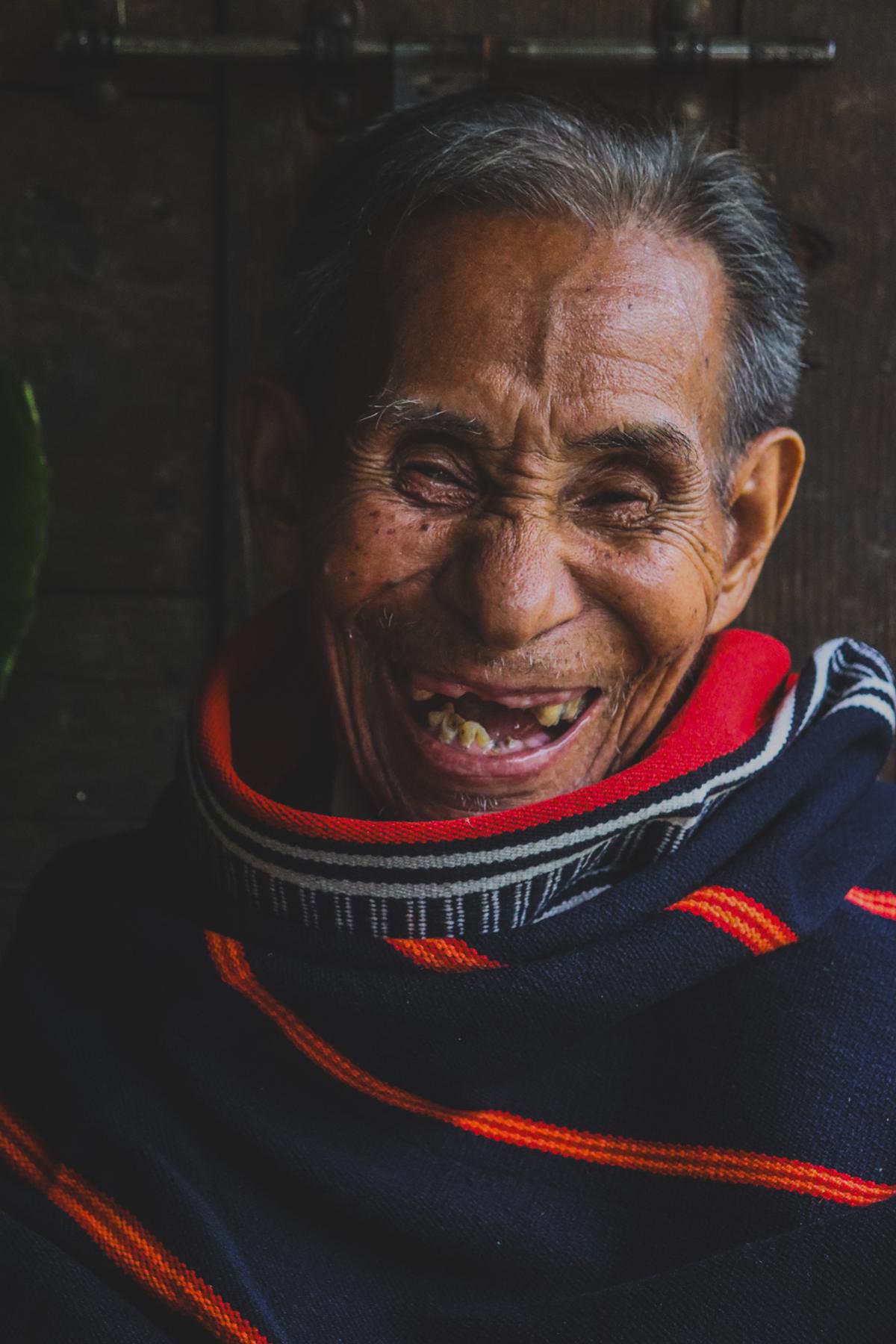
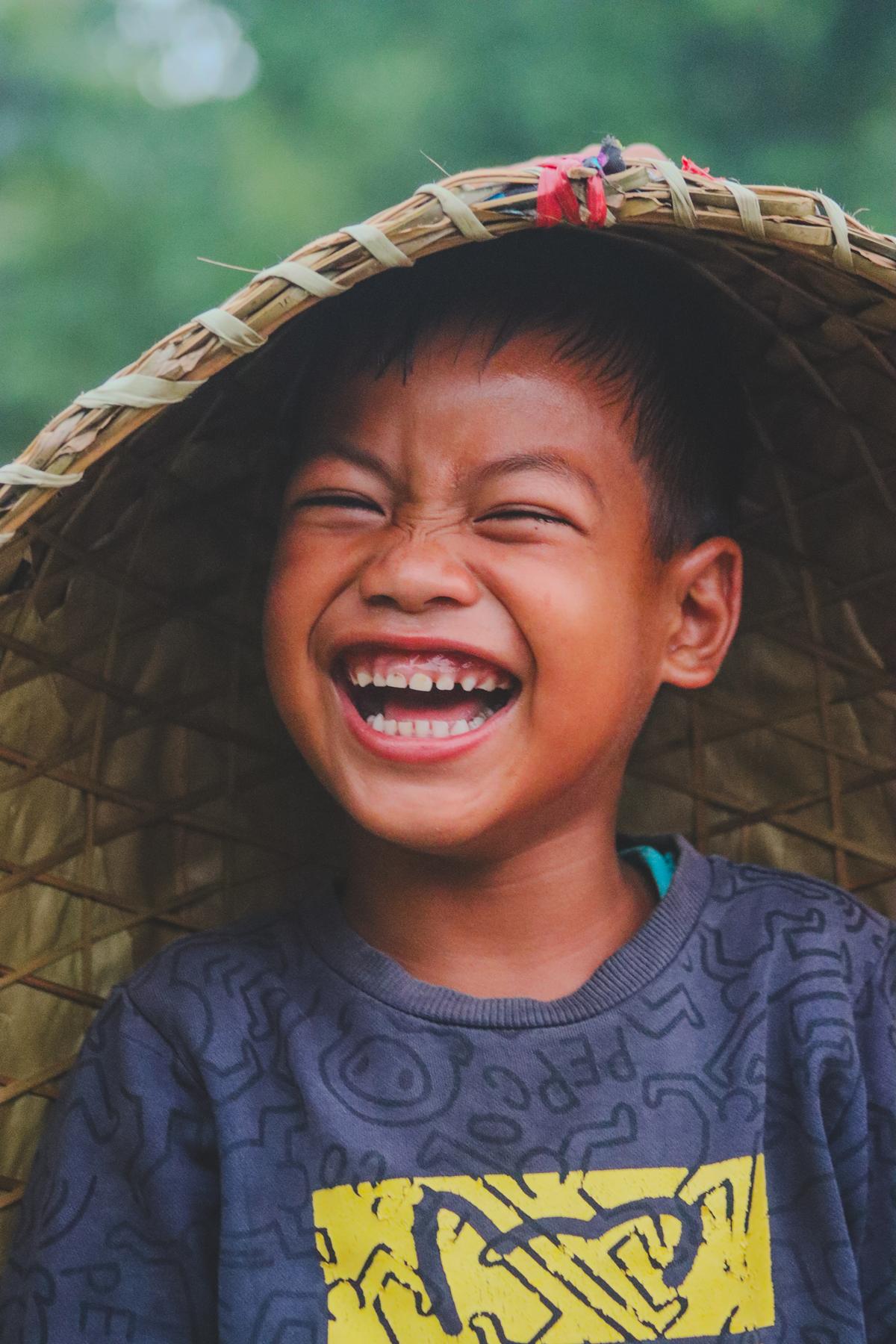
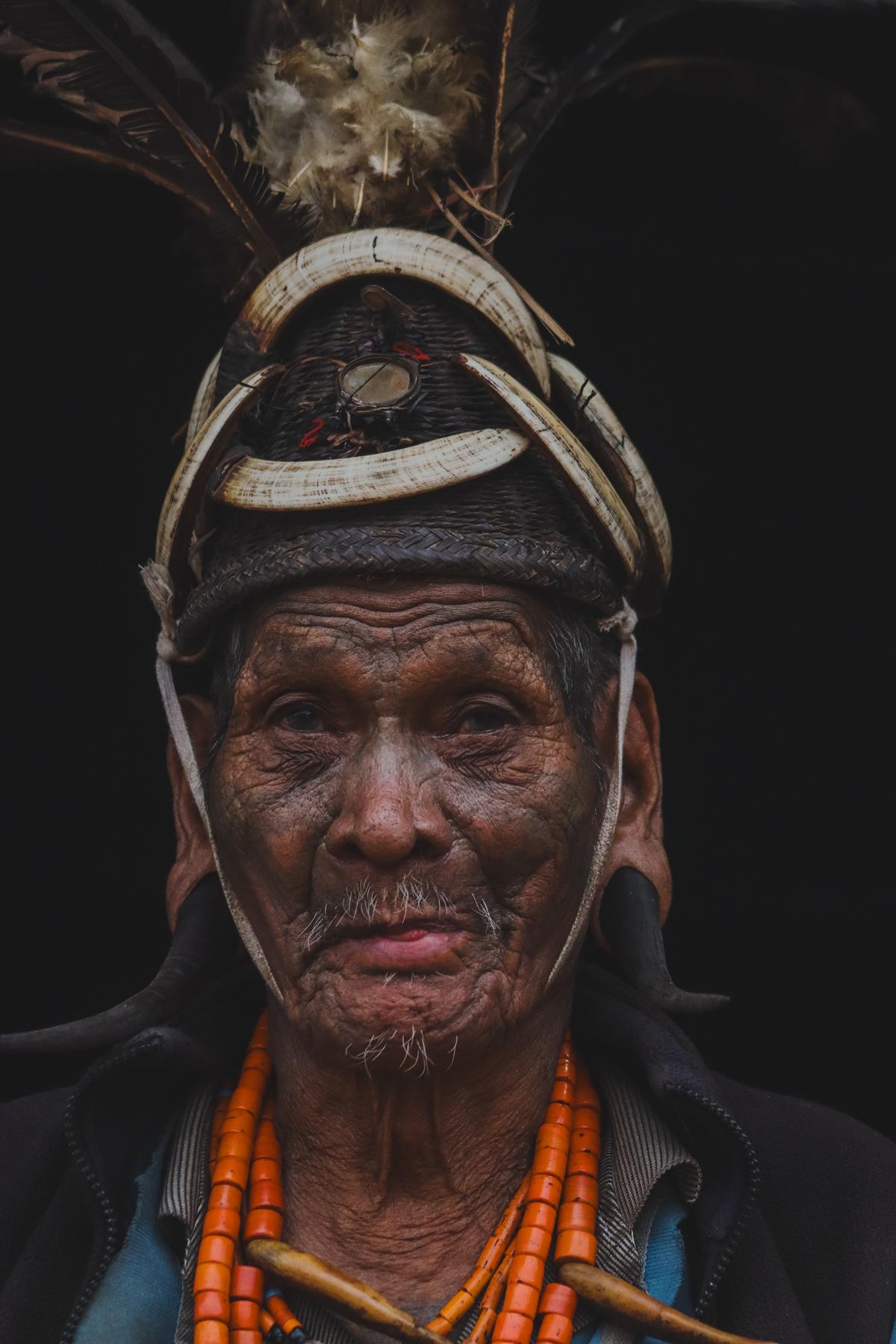
“The Wet Plate Collodion Project”
Among his most remarkable projects is a collaboration with two Polish photographers to document the vanishing culture of Nagaland. Using the wet plate collodion technique – a historical process invented in 1851 and used by early explorers in Asia – the team sought to connect the present with the past.
“The goal was to document the tribes of Nagaland, their vanishing culture, traditional costumes, and lifestyle,” Jazper shares.
“In many places, we were meeting the very last people who remember old traditions and stories. When they are gone, part of the culture will be gone forever.”
During their journey in 2022, they created over 50 glass plate photographs and recorded oral histories, legends, and personal testimonies. The project aims to culminate in exhibitions and a coffee table book – a tribute to humanity and diversity.
“The goal was to document the tribes of Nagaland, their vanishing culture, traditional costumes, and lifestyle,” Jazper shares.
“In many places, we were meeting the very last people who remember old traditions and stories. When they are gone, part of the culture will be gone forever.”
During their journey in 2022, they created over 50 glass plate photographs and recorded oral histories, legends, and personal testimonies. The project aims to culminate in exhibitions and a coffee table book – a tribute to humanity and diversity.
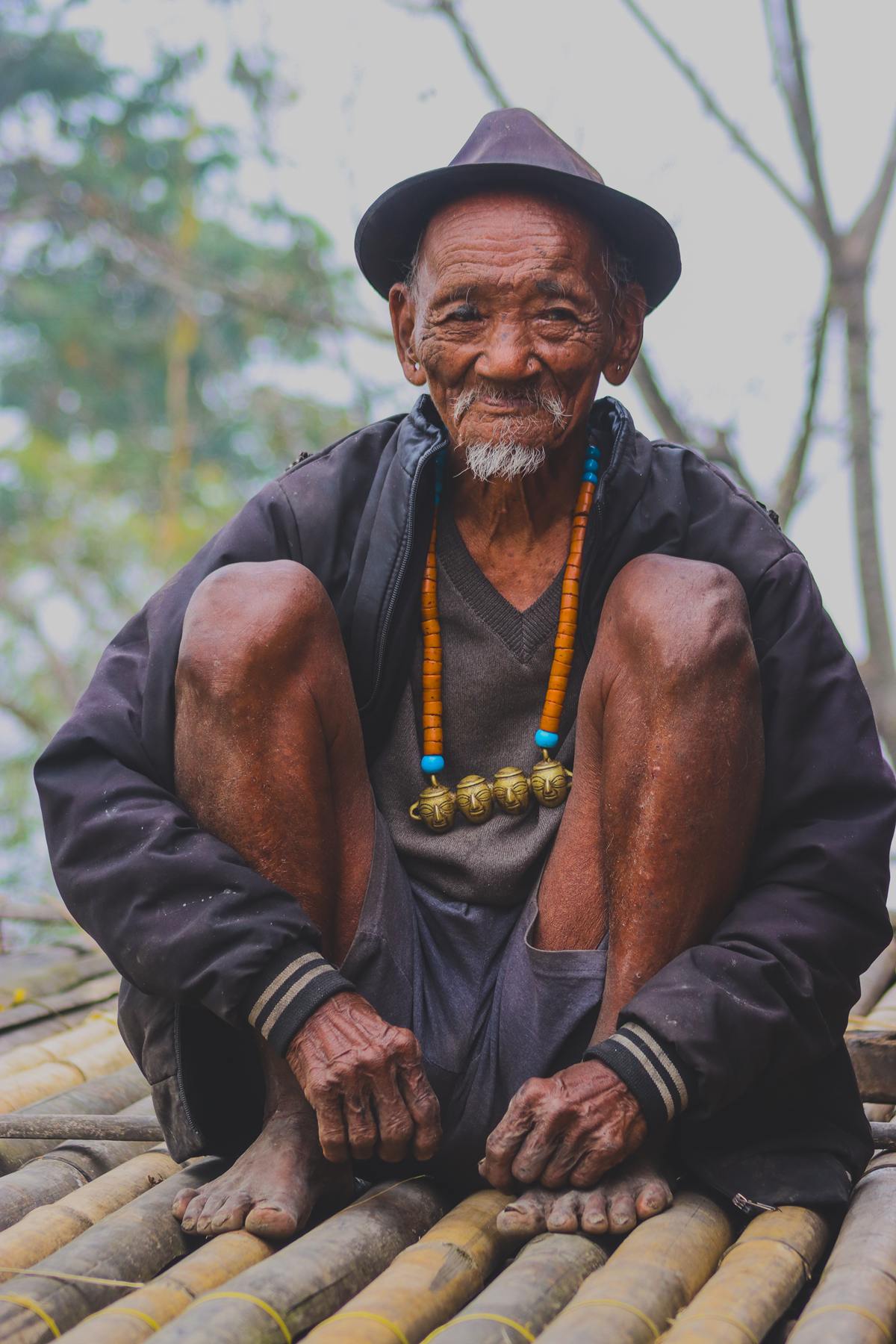

“A Keeper of Memory”
Through his photography, Jazper Jack has become more than an observer. He is a keeper of memory, a documentarian of resilience, and an advocate for cultures at risk of disappearing. His work reminds us that protecting indigenous traditions is not just about history – it is about the future of humanity’s relationship with nature and each other.
In every frame, he asks us to pause, to listen, and to honor what remains. Because when the rituals fade, when the stories go untold, the world loses not only a culture – it loses a part of itself.
This is one of the rarest stories we have ever published – the journey of a rare artist who is doing something extraordinary for culture, memory, and the generations yet to come.
In every frame, he asks us to pause, to listen, and to honor what remains. Because when the rituals fade, when the stories go untold, the world loses not only a culture – it loses a part of itself.
This is one of the rarest stories we have ever published – the journey of a rare artist who is doing something extraordinary for culture, memory, and the generations yet to come.
The pictures and perspectives expressed above are those of the author(s) alone and do not represent the views of Rare Storyteller or its team.
Share:


 to the world.
to the world.